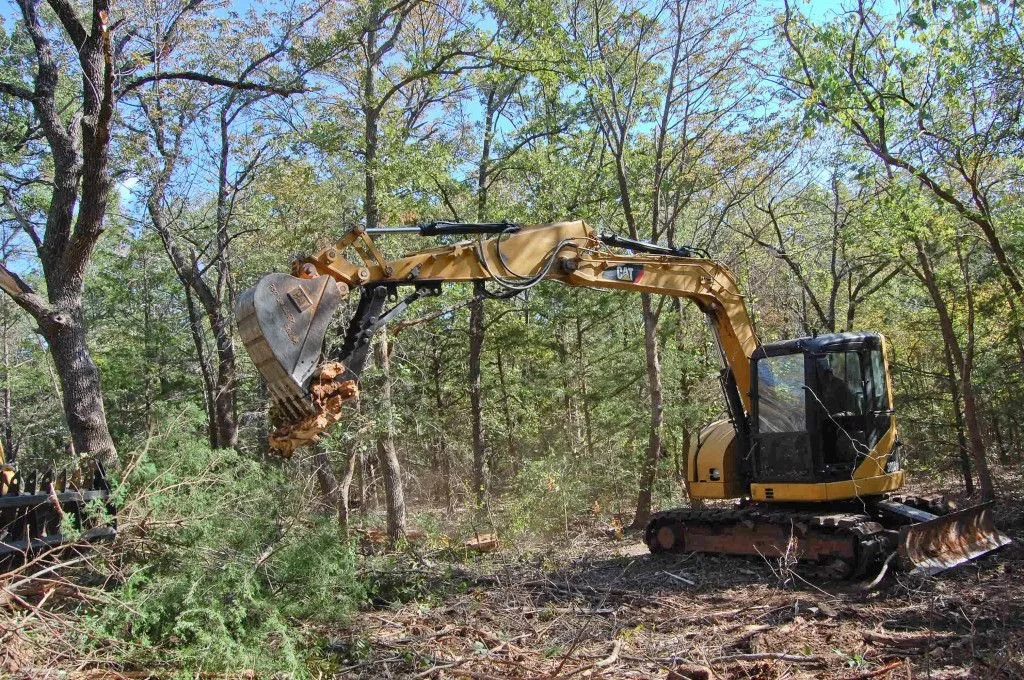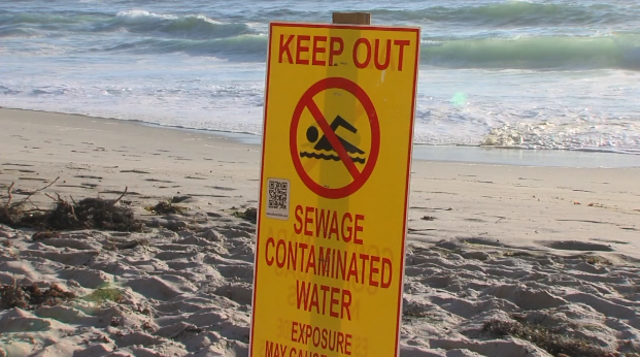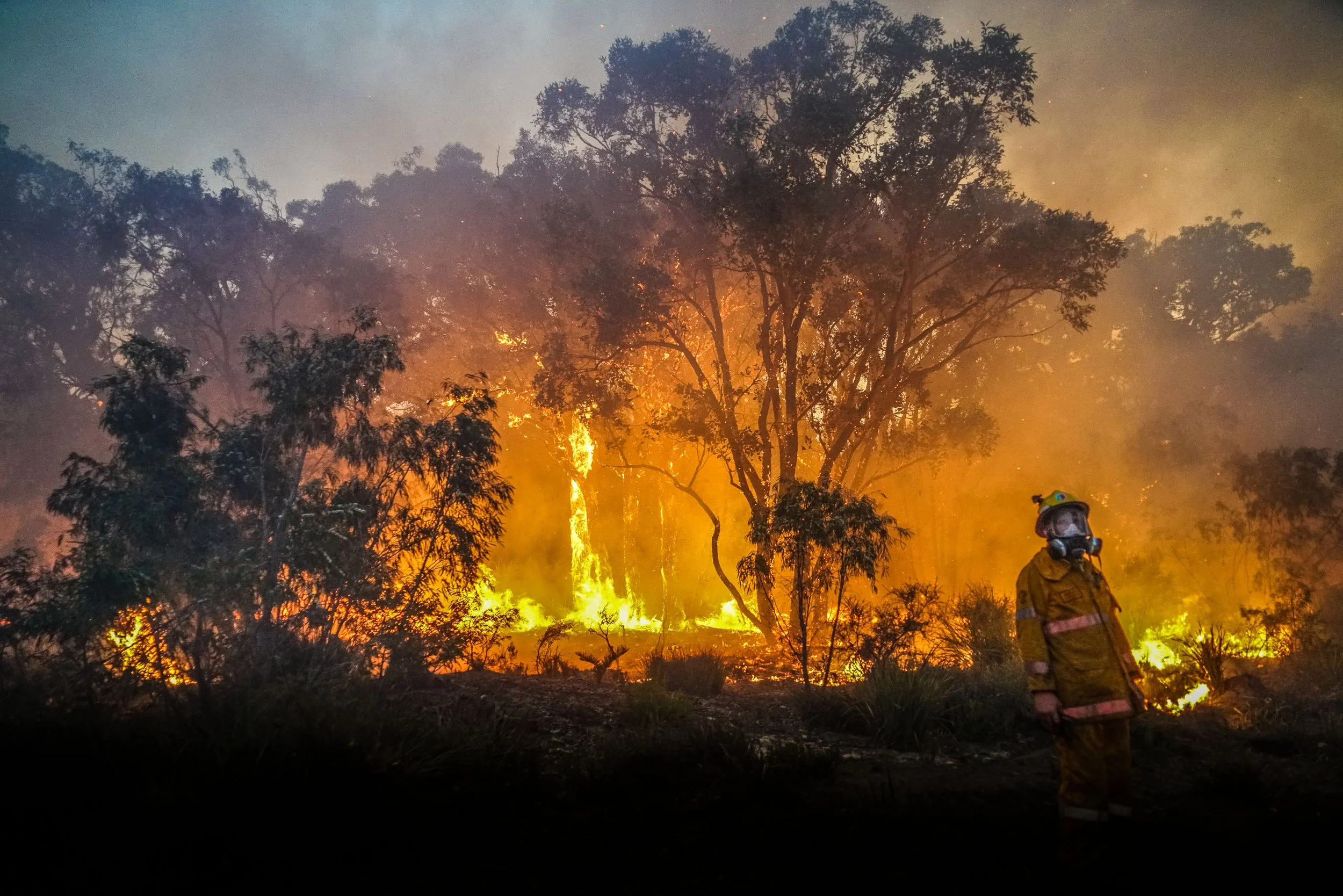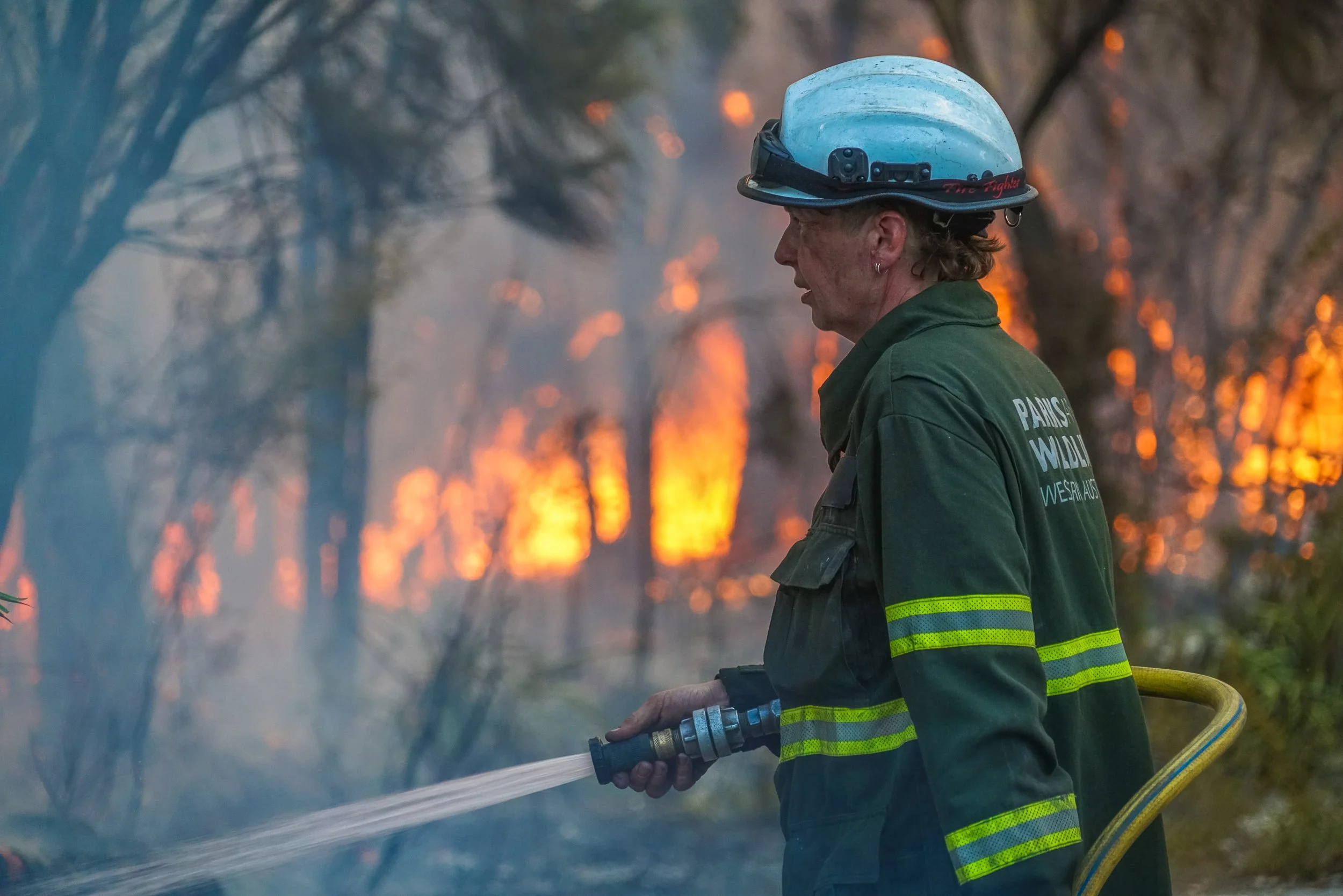
What’s Wrong with
the Proposal?
UPDATED JUNE 2022 - New Information from EPA
NOTE: All information & figures were updated in June 2022 with EPA release of project details
Summary of Concerns
“The planning laws were created by the WAPC, City of Busselton & EPA to ensure a sustainable development at Smiths Beach, this developer is trying to bypass these laws.”
- Smiths Beach Action Group 2021
1. Increased development area: 36% LARGER than allowable by law
2. Loss of National Park land: 25% SMALLER than required by law,
3. Increased visual and environmental impact: As noted by the EPA,
4. Increased clearing & loss of vegetation: 36% MORE than approved,
5. Non-committal to legal conditions: Mains sewer, roads & fire escape,
6. Non-compliance with conservation & rehabilitation requirements,
7. By-passing planning laws & rules: Using the ‘Fast Track’ process.
Increased Development Area
The current proposal does not meet the Approved Development Area, the proposal is 36% Larger than allowed under current approvals:
Approved building envelope area – 16.39ha
Developer's proposed building envelope – 22.35ha
Increase development area - 5.96ha (36%)
This 36% expanded development area is noted by the EPA to have “regionally significant vegetation” & “good quality vegetation” that “should be ceded to national park prior to development”.
The EPA also noted that this same area is “unacceptable” for any form of development due to the “visual impact on the headland and the upper slope” of the headland.
Development Area: Area impacted by development, excl. public open space and reserves..
Reduced Future National Park
The current proposal will result in a 25% loss in size of a future National Park as required by planning law & approved by the & WAPC.
Approved National Park Area – 21.38ha
Developer's Proposed National Park Area – 15.82ha
Loss of Future National Park - 5.56ha (25%)
For reference this loss in national park and increased development area is similar in size to that of 3 football fields (the MCG + Optus + Subiaco Oval), which will be cleared of vegetation and urbanized, increasing the loss of vegetation and habitat by 5.56ha, while directly contravening current State and Local planning approvals.
In public the developer is often marketing their green credentials about this proposal however they never advertise the fact they are going to effectively clear 5.56ha of future National Park to build a luxury hotel and 15 exclusive holiday homes for the mega wealthy. They are wishing to create an exclusive enclave for the wealthy, while the law says it should be public land for the benefit of all.
Increased Environmental & Visual Impact
Development Area: Area impacted by development, excl. public open space & reserves.
The proposed development footprint of 22.35ha is an increase of 36%, and it pushes out the building envelope both west and north onto the Smiths Beach headland, which contravenes all current planning approvals and numerous State and Local planning policies established to protect the headland.
Located on this additional area, the developer is proposing to build a luxury hotel and exclusive holiday homes. From previous EPA studies it has been noted that this will:
Result in “an unacceptable visual impact” from the beach, Cape to Cape track and the entire coastline north of Smiths Beach,
Increase the clearing and environmental damage by 36%,
Result in the loss of “regionally significant vegetation”.
Increased Loss of Vegetation & Increased Clearing
The development proposal will see a 36% increase in all types of vegetation being cleared & the dramatic loss of habitat for many types of fauna. The site is home to a variety of species of fauna including echidna’s, carpet snakes, black cockatoo’s, kangaroo’s and many more.
Some of the flora has been required by law to be protected due to its “regional significance” and “good quality” through the creation of the future National Park.
The EPA & EPBC note that hectares of habitat will be cleared thats support the:
Western Ringtail Possum (Critically Endangered)
Baudin’s Black Cockatoo (Endangered)
Carnaby’s Black Cockatoo (Endangered)
By-Passing the Laws
The developer has publicly confirmed their proposal does NOT meet the current planning laws, approvals, and regulations. So how can it be approved?
Local & state planning laws can be avoided by utilizing the emergency COVID ‘Short -Track’ planning process through the Western Australian Planning Commission (WAPC). The process is managed by a select group called the State Development Assessment Unit (SDAU) and is available to developments over $5 million in the the regional areas of WA.
The SDAU can make any decision they want, as the local and state laws do not apply to this group. The specific legislation that give the SDAU these powers is known as the Planning and Development Amendment Act 2020, which states
Section 275 (3)
-Without limiting section 270(1), for the purposes of the Commission’s consideration and determination of the development application —
(a) the legal instrument does not apply; and
(b) the Commission is not otherwise bound or restricted by the legal instrument.
In the case of Smiths Beach this means that the Busselton Local Planning Scheme & the approved Development Guide Plan (‘legal instruments/laws’) do not apply in consideration of this proposal. The SDAU is not bound or restricted by the laws that were introduced in 2011 to ensure development at Smiths Beach is sustainable and appropriate.
Mains Sewer not Connected
The Smiths Beach Proposal includes on site sewerage disposal despite local planning laws requiring reticulated sewerage, resulting in a huge cost saving for the developers while directly impacting the environment, beach and ocean.
The details provided to Save Smiths Beach by the developer includes an underground sewage treatment facility that will include piping treated effluent water up hill, treated in the south west corner of the site and then reticulation of the byproducts into an area fully vegetated and in excellent condition. It was noted, by the developer, that in order to install all the underground piping, plant infrastructure and kilometres of reticualtion pipe the majoiorty of the site needs to be cleared of natural vegetation.
Also the treated effluent for disposal will have higher levels of nutrients than what native plants can tolerate, leading to a decline in plant health and ultimate death. High nutrient discharge will encourage the growth of weeds and non native species, which are not currently present in this area proposed for reticulation, evident in the excellent condition given by the developers own survey.
Clearing and disturbing native vegetation by irrigation requires approval by Department of Environment and Conservation and this area has not been accounted for in the development footprint figures provided to Save Smiths Beach. However in a public meeting on the 24 June 2021, the developer confirmed 85% of the site would be cleared to meet all built form requirements, 16.15ha of clearing.
The effluent discharge has the potential to impact the critically endangered Cape Leeuwin Freshwater Snail, and an Endangered Threatened Ecological Community (TEC) formed by microbes, known as Augusta Mircobial or Tufa. Tufa is a unique type of fauna, who's populations were once wide spread along the Capes and now the area located in close proximity to the effluent discharge site represents one of the most northerly population that remains present today.
Sewerage effluent has high levels of Nitrogen (N) and Phosphorus (P), which also impacts rare fauna communities by promoting the growth of algae. Algae blooms are well known in rivers, lakes and oceans due to human alteration of the natural levels found in the environment.
The Government Sewerage Policy (2019) concedes that while on site sewerage disposal technologies have advanced considerably over time, there are still significant risks with their use, and on site sewerage is likely to not be appropriate for high density development. When on site sewerage treatment fails, infill sewerage programs become a significant cost to the State. What will happen when the Smiths Beach onsite sewerage system fails?
Fire - One Road In & Out
Smiths Beach, like Preverlly Beach (2011 fire) Redgate Beach (2021 fire), is accessed by a single road, which significantly increases the risk to life in a fire event.
The developer, despite the law requiring them to do so, is refusing to upgrade the roads and intersections to improve the safety of those esacaping in a fire event. Why is the developer refusing this legal condition? It is another cost saving to the developer, placing your family at risk as these roads and intersections are required to be improved for a fire evacuation event.
The WA Guidelines for Planning in Bushfire Prone Areas, v1.3 Dec 2017 states that "Two access routes must be provided, both of which connect to public road network, provide safe access and egress to two different destination and be available to the public at all times under all weather conditions.” (Appendices - page 20 of 30: Appendices Guidelines for Planning in Bushfire Prone Areas, v1.3 Dec 2017)
The development proposal for Smiths Beach will not meet this condition and will therefore significantly increase the risks to visitors, residents as well as property at Smiths Beach, instead they are proposing WA’s first mass fire bunker.
Fire - WA’s First Public Bunker for
+2000 People
The developer is proposing WA’s first public bunker at Smiths Beach, a +2000 people fire refuge despite The WA Guidelines for Planning in Bushfire Prone Areas, v1.3 Dec 2017 stating "bushfire shelters (bunkers) are not a stand-alone solution and they will not guarantee elimination of the risk of serious injury or fatality, and their use should be considered with extreme caution.” (page 43 of 50: Guidelines for Planning in Bushfire Prone Areas, v1.3 Dec 2017)
The 2009 Victorian Bushfires Royal Commission stated that “extreme caution should be taken in the use of bushfire bunkers... While a well-designed and constructed bunker may provide a temporary place of refuge during the passage of the fire front, bunkers are not a panacea. Misplaced reliance on a bunker can be life threatening”. (page 43 of 50: Guidelines for Planning in Bushfire Prone Areas, v1.3 Dec 2017)
The developer is proposing a fire bunker that will cater for over 2000 people, however WAPC’s own Guidelines for Planning in Bushfire Prone Areas, v1.4 Dec 2021, which was released this week states that "In limited circumstances … an on-site shelter (bunker) can be proposed as an acceptable solution. This is also contingent on the proposed development having a maximum capacity of 100 guests and staff on the site at any one time.” (page 40 of 107: Guidelines for Planning in Bushfire Prone Areas, v1.4 Dec 2021)
This proposal is 20 times larger than considered by the WAPC in their guidelines. There are grave concerns about the proposal for a fire bunker of such size instead of meeting the actual requirements that assist visitors and residents to safely escape in a fire event.
Instead of adhering the law and upgrading the roadways and intersection, this developer is knowingly going to develop a residential and tourism resort that will actively increase the risk to life and property in a fire event due to their non-committal to the laws that improve access and egress to Smiths Beach as required by law.









